Strong and shallow M6.1 earthquake hits off the east coast of North Island, New Zealand
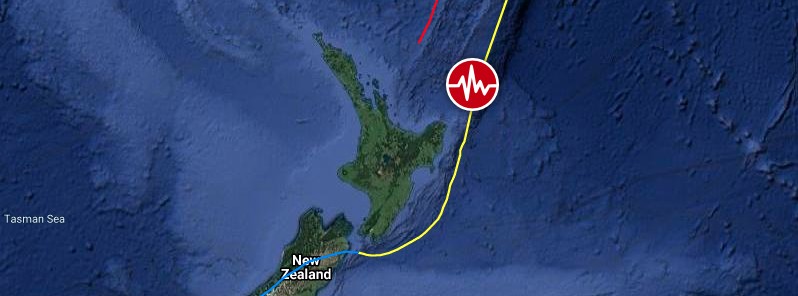
A strong and shallow earthquake registered by the USGS as M6.1 hit off the east coast of North Island, New Zealand at 07:37 UTC (19:37 LT) on April 5, 2021. The agency is reporting a depth of 33 km (20 miles). USGS is reporting M6.0 at a depth of 10 km (6.2 miles). EMSC is reporting M6.1 at a depth of 51 km (31 miles).
The epicenter was located about 193 km (120 miles) NE of Gisborne and 241 km (150 miles) ENE of Whakatane, New Zealand.
There are just a few people living within 100 km (62 miles).
56 000 people are estimated to have felt weak shaking.
Based on earthquake information and historic tsunami records, the earthquake is not expected to generate a tsunami, NWS NTWC said.
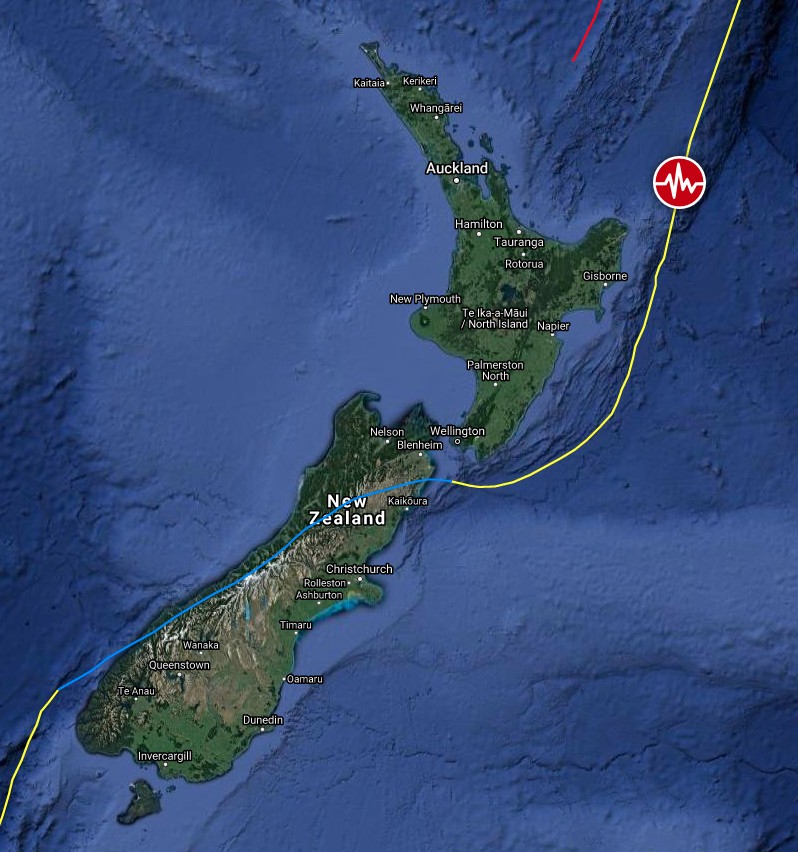
Image credit: TW/SAM, Google
The USGS issued a green alert for shaking-related fatalities and economic losses. There is a low likelihood of casualties and damage.
Overall, the population in this region resides in structures that are highly resistant to earthquake shaking, though some vulnerable structures exist. The predominant vulnerable building types are reinforced masonry and unreinforced brick with timber floor construction.
Recent earthquakes in this area have caused secondary hazards such as landslides that might have contributed to losses.
Estimated population exposure to earthquake shaking
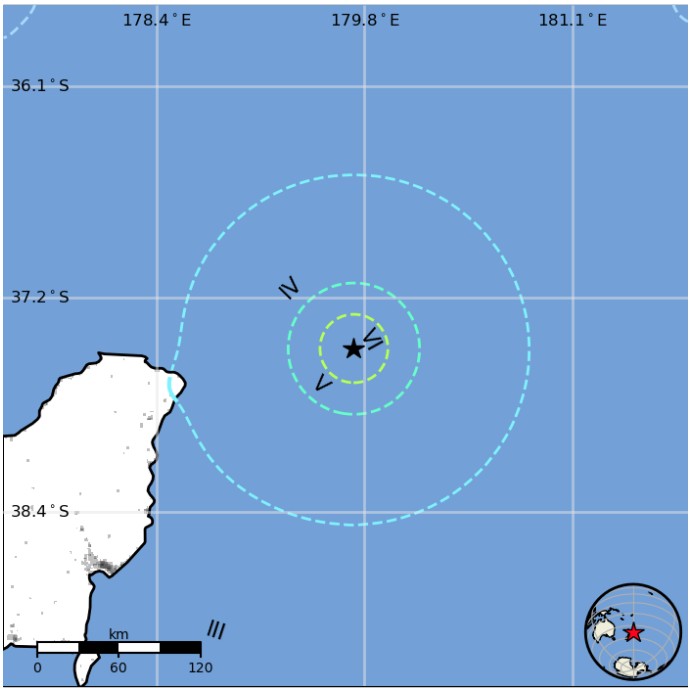
Selected cities exposed
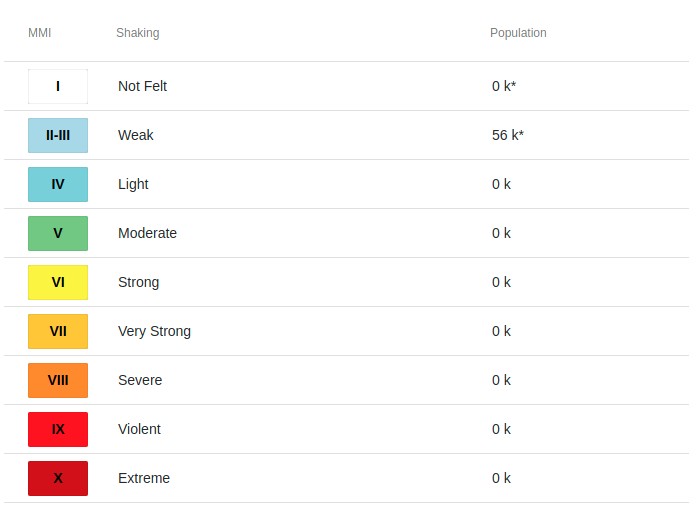
Regional seismicity
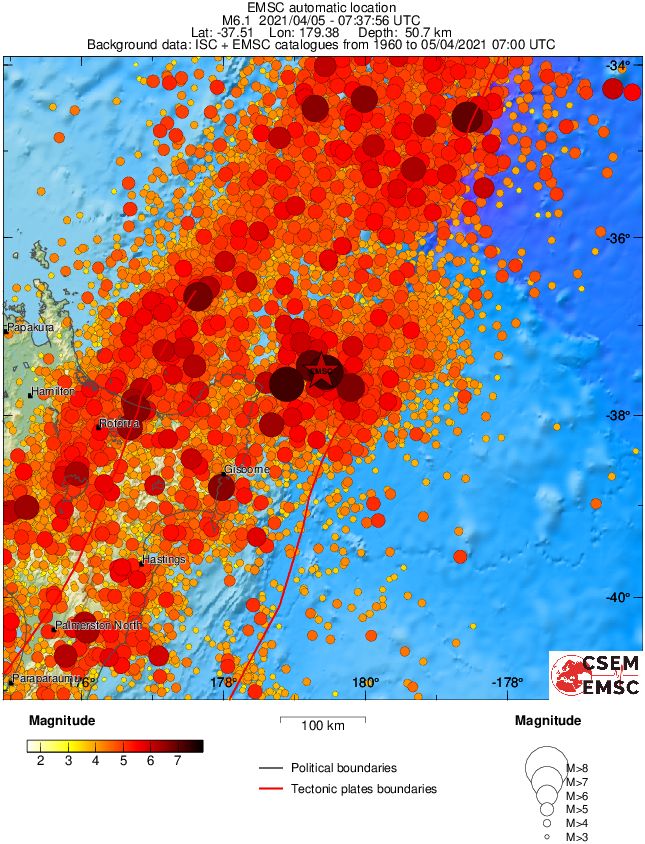
More than 120 earthquakes were registered in this region since M7.2 at 13:27 UTC on March 4, 2021 (02:27 LT, March 5).
Since 1900 there have been 15 M7.5+ earthquakes recorded near New Zealand. Nine of these, and the four largest, occurred along or near the Macquarie Ridge, including the 1989 M8.2 event on the ridge itself, and the 2004 M8.1 event 200 km (124 miles) to the west of the plate boundary, reflecting intraplate deformation.
The largest recorded earthquake in New Zealand itself was the 1931 M7.8 Hawke's Bay earthquake, which killed 256 people.
The last M7.5+ earthquake along the Alpine Fault was 170 years ago; studies of the faults' strain accumulation suggest that similar events are likely to occur again.
Featured image credit: TW/SAM, Google

Commenting rules and guidelines
We value the thoughts and opinions of our readers and welcome healthy discussions on our website. In order to maintain a respectful and positive community, we ask that all commenters follow these rules:
We reserve the right to remove any comments that violate these rules. By commenting on our website, you agree to abide by these guidelines. Thank you for helping to create a positive and welcoming environment for all.